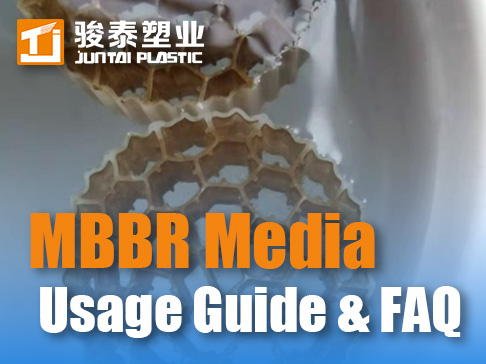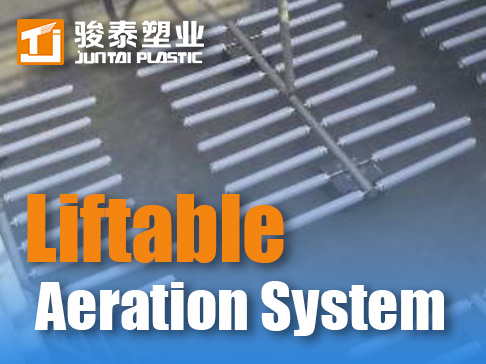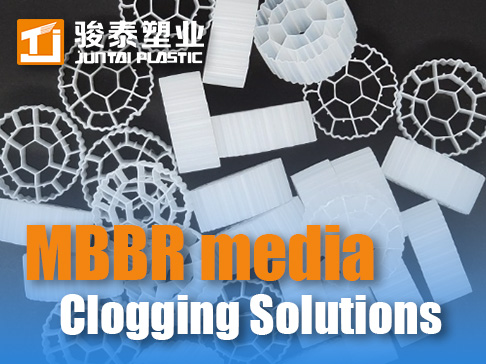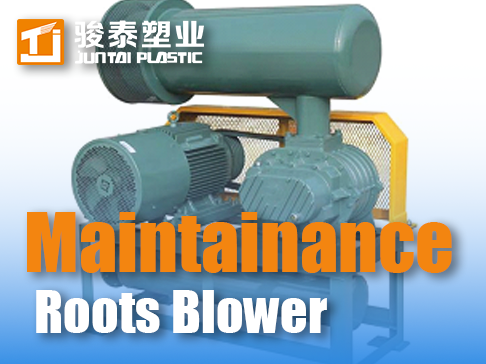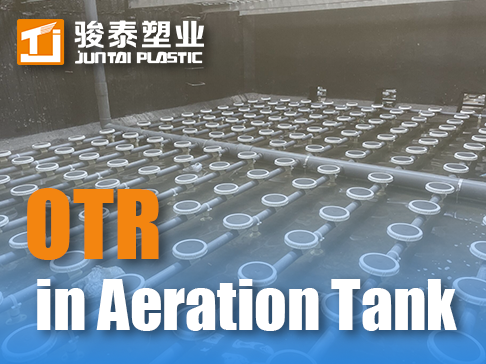 +86 13600513715
+86 13600513715 MBR for Aquaculture Wastewater: Treatment & Ecology Protection
Treatment of Aquaculture Wastewater: Key Measures to Protect Aquatic Ecology Based on MBR Technology
With the rapid development of aquaculture, the hidden issue of wastewater pollution cannot be overlooked. Aquaculture wastewater contains fish excrement, uneaten feed, drug residues, and large amounts of nutrients such as nitrogen and phosphorus.
If discharged indiscriminately, it will cause devastating damage to surrounding water environments, threaten aquatic biodiversity, disrupt the aquatic ecological balance, and even impact human health and the sustainable development of fisheries. Therefore, in-depth exploration of aquaculture Wastewater Treatment methods is of great practical significance.

1. Characteristics and Hazards of Aquaculture Wastewater
(1) Characteristics
Aquaculture wastewater typically has high organic content, abundant suspended solids, and excessive concentrations of nitrogen and phosphorus.
The organic matter mainly comes from fish excreta and the decomposition of leftover feed, which consumes a large amount of oxygen in the water, reducing dissolved oxygen levels. Suspended solids include fecal particles and feed residues, which affect water transparency and light conditions, hindering photosynthesis of aquatic plants. Excessive nitrogen and phosphorus mainly result from the underutilization of nutrients in feed and are key contributors to water eutrophication.
(2) Hazards
Water Eutrophication: Excess nitrogen and phosphorus promote rapid algal growth, causing algal blooms. When these algae die and decompose, they consume large amounts of dissolved oxygen, leading to hypoxia and suffocation of fish and other aquatic organisms.
Some algae also release toxins harmful to aquatic life and humans. For example, during cyanobacterial blooms, microcystins can damage fish livers and, if humans consume contaminated water or aquatic products, may harm the liver and nervous system.
Water Quality Degradation: High concentrations of organic matter and suspended solids cause water turbidity and odor, while chemical oxygen demand (COD) and biochemical oxygen demand (BOD) increase sharply, seriously deteriorating water quality. This not only affects aquatic organisms' habitat but also disrupts beneficial microbial communities in the water, weakening the self-purification capacity.
Ecological Damage: Discharge of wastewater alters the ecological structure of water bodies, destroying habitats of rare aquatic species requiring high water quality, reducing biodiversity. Long-term impacts may lead to ecosystem collapse and destabilize the entire food chain.
2. Traditional Aquaculture Wastewater Treatment Methods
(1) Physical Treatment
Sedimentation: Using gravity, suspended solids settle to the bottom. Sedimentation zones with certain slopes are set at pond bottoms; large particles of feces and feed residues settle naturally as water flows through. This method is simple but limited in removing fine particles and dissolved substances.
Filtration: Filters such as screens, filter cloth, and sand filters intercept suspended impurities. Sand filtration can effectively remove larger particles and improve water clarity. However, filters require regular cleaning or media replacement to avoid clogging and reduced efficiency.
(2) Chemical Treatment
Coagulation and Sedimentation: Adding coagulants like polyaluminum chloride (PAC) or ferrous sulfate to form colloidal precipitates that adsorb suspended particles and some organics, forming flocs removed by sedimentation. This effectively reduces turbidity and some organic content but may introduce secondary pollution if not properly handled.
Disinfection: Common disinfectants include chlorine compounds (e.g., chlorine dioxide) and ozone, used to kill pathogens and prevent disease spread. However, disinfection may generate harmful by-products such as trihalomethanes from chlorination, posing potential risks to environment and organisms.
- Biological Treatment
Aerobic Treatment: Using aerobic microbes to degrade organic matter under oxygen-rich conditions. Activated sludge is a common process mixing wastewater with aerobic microbes in aeration tanks, converting organics into CO₂, water, and microbial biomass. Biofilm methods, like trickling filters, have microbes attached to media surfaces degrading pollutants as water passes. Aerobic treatment is effective for organics but consumes much oxygen and costs more to operate.
Anaerobic Treatment: Under oxygen-free conditions, anaerobic microbes decompose organics into methane, CO₂, and other gases. Common systems include anaerobic digesters and upflow anaerobic sludge blanket (UASB) reactors. Anaerobic treatment uses less energy and produces less sludge but usually requires subsequent aerobic treatment to meet discharge standards.
Traditional methods alleviate pollution to some extent but have limitations and cannot fully meet increasingly strict environmental regulations or large-scale aquaculture needs.
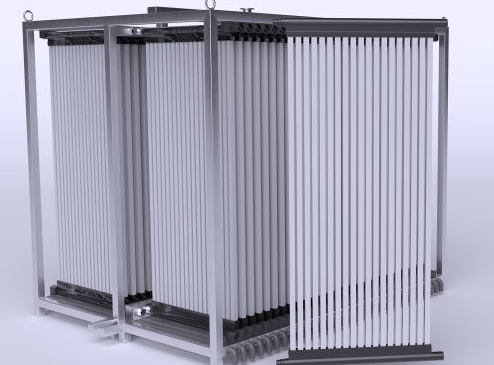
3. New Aquaculture Wastewater Treatment Technologies
The principle of the MBBR process is to add a certain amount of suspended carriers into the reactor to increase the biomass and the variety of microorganisms, thereby improving the treatment efficiency of the reactor.
Since the density of the carriers is close to that of water, during aeration they remain fully mixed with the water, creating a three-phase environment of gas, liquid, and solid for microbial growth.
The collision and shear action of the carriers in the water break air bubbles into finer ones, which increases the utilization rate of oxygen.
Moreover, different types of microorganisms grow on the inside and outside surfaces of each carrier. Anaerobic or facultative bacteria grow inside, while aerobic bacteria grow outside. Each carrier thus acts as a micro-reactor, allowing nitrification and denitrification reactions to occur simultaneously, thereby enhancing the treatment effect.
4. Integrated Treatment Strategies and Management Measures
(1) Integrated Treatment Strategies
Single treatment technologies rarely achieve ideal effects alone. Multiple technologies combined can improve outcomes. For instance, physical sedimentation and filtration remove suspended solids, followed by biological processes (anaerobic-aerobic) to degrade organics and nutrients, and then advanced treatment like constructed wetlands or MBBR for deep purification to ensure discharge standards. Such integration leverages strengths and offsets weaknesses, enhancing efficiency and effluent stability.
(2) Management Measures
Precision Feeding: Calculate feed amounts accurately based on animal growth stage, weight, water temperature, and quality to avoid feed waste and excess nutrients. Use automatic feeders for timed, measured feeding to reduce organic and nutrient loads at the source.
Water Quality Monitoring and Control: Establish comprehensive monitoring systems for temperature, pH, dissolved oxygen, ammonia, nitrite, and phosphate. Adjust management and treatment parameters based on data, such as activating aeration when oxygen is low or adding microbial agents when ammonia rises.
Promotion of Ecological Aquaculture Models: Use integrated farming such as fish-vegetable symbiosis or fish-mussel-algae polyculture. Vegetables absorb nitrogen and phosphorus while producing crops; mussels filter plankton and organic particles; algae absorb nutrients and photosynthesize oxygen, creating mutually beneficial ecosystems and reducing wastewater discharge and pollution.
5. Future Outlook
With advancing technology and growing environmental awareness, aquaculture wastewater treatment will trend toward higher efficiency, eco-friendliness, and intelligence. New materials and biotechnologies, like more efficient low-cost membranes and specialized microbial strains, will bring breakthroughs. Technologies such as big data, IoT, and AI will enable automated, precise, and intelligent monitoring, control, and management of treatment systems, improving efficiency and lowering costs.
Additionally, strengthened government and societal regulations and support will promote green, sustainable aquaculture development, achieving harmony between aquaculture and environmental protection.




